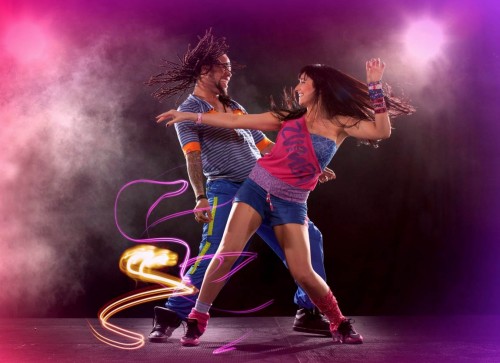Dance classes are a great way to get exercise while also having fun. Men and women can both take dance classes, of course. However, there are some forms of dance that are particularly appealing to a way of working out.
Here is a look at Seven different types of dance classes that are particularly ideal for men and women.
1.�Mambo is a Latin dance of Cuba. The original mambo dance contains no breaking steps or basic steps at all. The Cuban dance wasn't accepted by many professional dance teachers. Cuban dancers would describe mambo as "feeling the music" in which sound and movement were merged through the body.
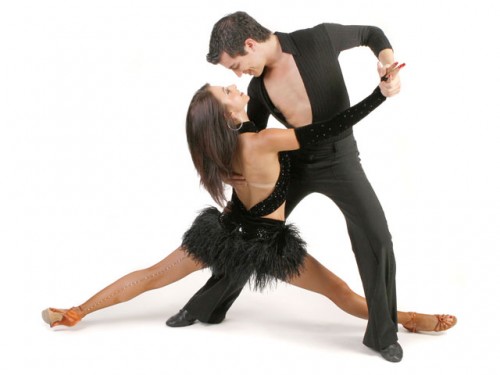
2.�Salsa is a popular form of social dance that originated in New York City with strong influences from Latin America, particularly Puerto Rico, Cuba, and Colombia. The movements of salsa have origins in Cuban Son, Cha-cha-cha, Mambo and other dance forms, and the dance, along with the salsa music, originated in the mid-1970s in New York.
The odd number of steps creates the inherent syncopation to the Salsa dancing and ensures that it takes 8 beats of music to loop back to a new sequence of steps.
Salsa dance styles will also improve flexibility, balance and coordination. Increases in flexibility will promote improvements in blood and oxygen flow into the muscle tissue and the flushing of toxins, essentially helping to cleanse your body.
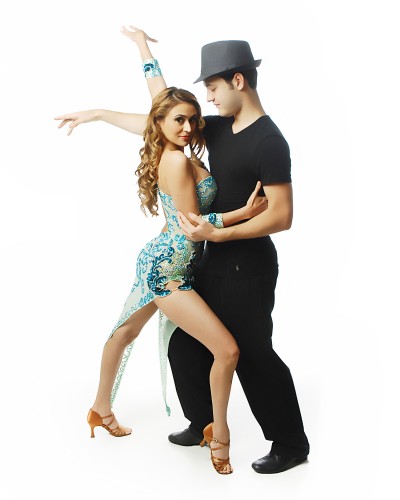
3.�Tango is a partner dance that originated in the 1880s along the River Plate, the natural border between Argentina and Uruguay, and soon spread to the rest of the world.
The complex figures of this style became the basis for a theatrical performance style of tango seen in the touring stage shows. For stage purposes, the embrace is often very open, and the complex footwork is augmented with gymnastic lifts, kicks, and drops.
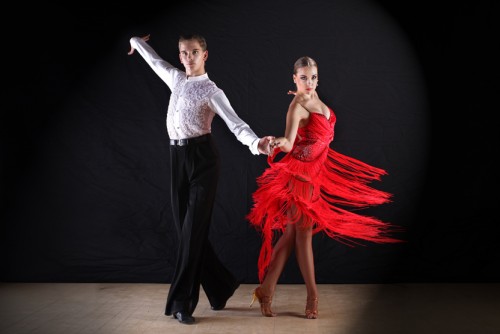
4.Jive is one of the five International Latin dances. In competition it is danced at a speed of 176 beats per minute, although in some cases this is reduced to between 128 and 160 beats per minute.
Many of its basic patterns are similar to these of the East Coast Swing with the major difference of highly syncopated rhythm of the Triple Steps , which use straight eighths in ECS and hard swing in Jive.
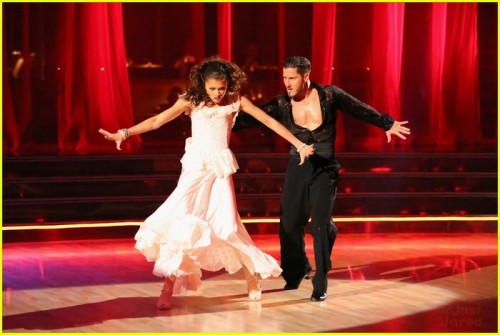
5.�Jazz dance is shared by a large range of dance styles. Jazz dance was an integral part of jazz until the end of the swing era in the late 1940s.
Every individual style of jazz dance has roots traceable to one of these two distinct origins. Jazz was a big hit in the early '50s and it is still a well-loved style of dance all over the world.
Jazz dance is still a popular form of dance, and many dancers have flocked to New Orleans, Louisiana for the connection the city has with music. With the prominence of jazz music and the laid-back attitude of the city, many professional swing-dancers have moved to New Orleans in an attempt to kick-start a revision of the neo-swing dance movement.
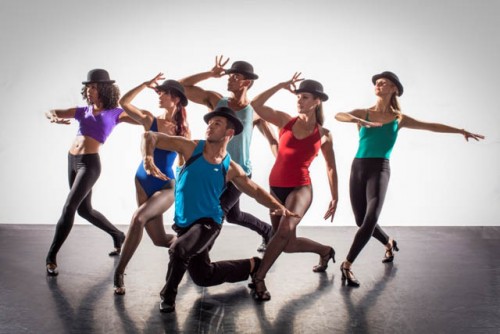
6.�Hip-hop dance refers to street dance styles primarily performed to hip-hop music or that have evolved as part of hip-hop culture.
Classically trained dancers developed these studio styles in order to create choreography from the hip-hop dances that were performed on the street.
Because of this development, hip-hop dance is practiced in both dance studios and outdoor spaces.
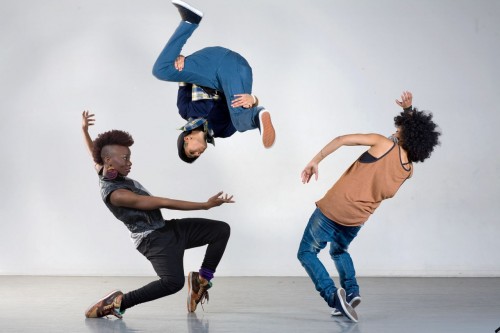
7.�Zumba is a dance fitness program created by Colombian dancer and choreographer Alberto "Beto" Perez during the 1990s.
The Brazilian pop singer Claudia Leitte has become the international ambassador to Zumba Fitness.
Zumba involves dance and aerobic elements. The choreography incorporates hip-hop, soca, samba, salsa, merengue and mambo. Squats and lunges are also included. Zumba Fitness, the owner of the Zumba program, does not charge licensing fees to gyms or fitness centers.
